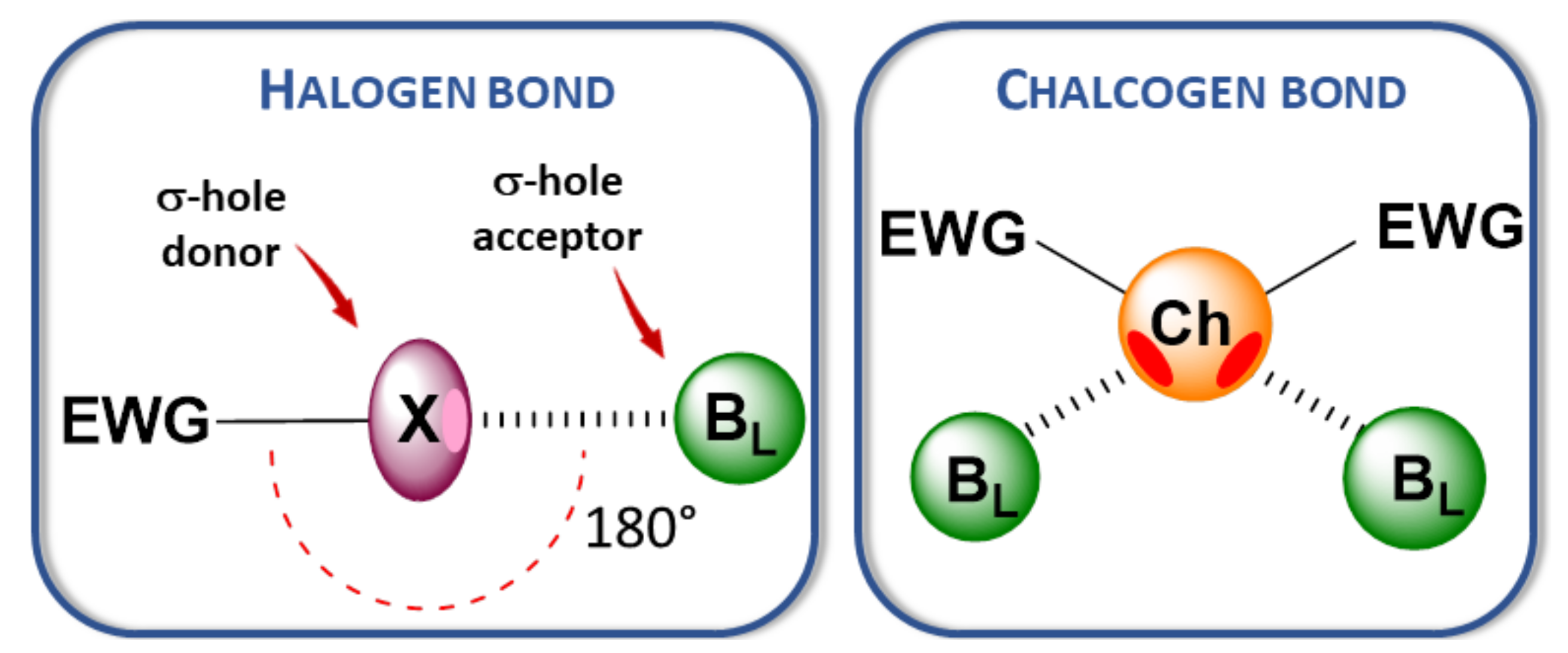

Other hydroboration reagents, such as 9-borabicyclononane (9-BBN) or pinacolborane, resulted in no conversion of 2 and an almost complete recovery of starting material in repeated experiments, although 9-BBN is known to convert the gluco analog 6 to β- 7 in high yield and with excellent stereoselectivity. Identification of the diastereomers was accomplished by NOESY experiments using deuterated pyridine as a shift reagent solvent. Hydroboration of the glucose enol ether 6 afforded a mixture of both diastereomers (1:2.3 α:β ratio) in good yield (43% β and 18% α isolated yields, respectively). The hydroboration of enol ethers 2, 4, and 6 with borane dimethyl sulfide in THF, followed by oxidation using hydrogen peroxide and sodium hydroxide gave 2-deoxygalactoheptulose 3 and 2-deoxymannoheptulose 5 in good yields (89% and 78%) and with excellent diastereoselectivities (1:19 and 1:99 α:β ratio, respectively). Hydroborations of enol ethers have been known to give good to excellent regio- and stereoselectivity and are thus a possible route to 2-deoxyhepuloses 3, 5 and 7. The synthesis starts from the known enol ethers 2, 4, and 6 prepared using published methods. In this work, we present a synthesis pathway involving a diastereoselective hydroboration towards (aryltriazolyl)methyl galactopyranosyl derivatives and determined the viability of this as a scaffold for galectin inhibitors by screening a library of fourteen different products against galectins -1, -3, -4C (C-terminal CRD), -4N (N-terminal CRD), -7, -8C, -8N, -9C, and -9N. Later, combining non-natural thiophenyl aglycons with C3-triazole groups at D-galactose led to the discovery of high affinity and selective galectin-3 inhibitors. Early reports along this strategy involved C-galactosides that were shown to reach affinities approaching those of lactose and LacNAc for galectin-3 and also to have selectivity over other galectin-1. A complementary strategy has been to, instead of a second saccharide unit, add non-natural structural elements to a monogalactoside scaffold, as such derivatives have been hypothesized to allow for tuning of galectin selectivities and to be designed to have improved pharmacokinetic properties over natural saccharide fragments. Experimental galectin inhibitors have often been developed with a close resemblance to natural disaccharide ligands, such as lactose and N-acetyllactosamine (lacNAc) via thiodigalactosides, as adding a second monosaccharide unit to the anomeric position of the minimal D-galactose ligand allows for an additional affinity-enhancing hydrogen bond according to structural and affinity analyses.

The association of galectins to cell signaling and adhesion gives them roles in several different pathological processes, such as pulmonary fibrosis, pathological lymphangiogenesis, inflammation and cancer, with galectin inhibitors demonstrated to attenuate such processes.

Surface proteins such as integrins, vascular endothelial growth factor receptor, and lysosome-associated membrane proteins are known to be crosslinked by galectins, giving galectins a modulating role in cell adhesion, blood vessel growth and cellular uptake and breakdown, respectively. Galectins play many biological roles in the body and one important and well-understood function is the cross-linking of cell-surface glycoproteins through binding to O and N-linked glycans on the cell surface. Galectin-1 has a marked preference for binding N-linked glycans, while galectin-3 binds both O-linked and N-linked glycans. Galectin-3 is almost ubiquitously expressed while galectin-1 is mainly expressed by immune cells, muscle cells, kidney cells and neurons. The two most studied galectins, galectin-1 and -3, are present in a wide variety of tissues. Galectin-3 contains one CRD and a long N-terminal Pro/Gly-rich intrinsically disordered sequence. Others contain 2 different CRDs within the same peptide sequence and include galectins -4, -8, -9 and -12. Some galectins contain one CRD and occur as monomers or dimers, including galectins -1, -2, -7, -10 and -13 in humans. Galectins are defined by a typically about 130 amino acid carbohydrate recognition domain (CRD) that binds to carbohydrates with at least one β-galactose subunit within a binding pocket large enough to accommodate a tetrasaccharide sequence of larger glycans.


 0 kommentar(er)
0 kommentar(er)
